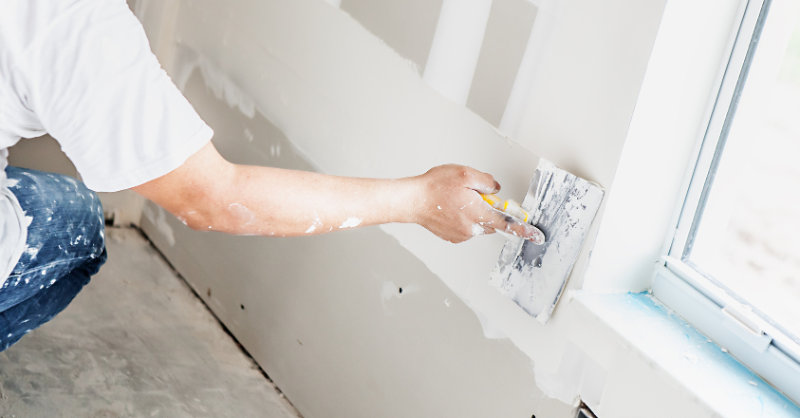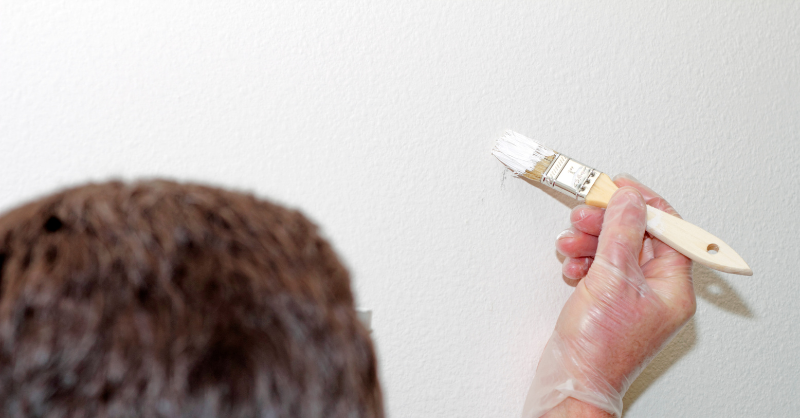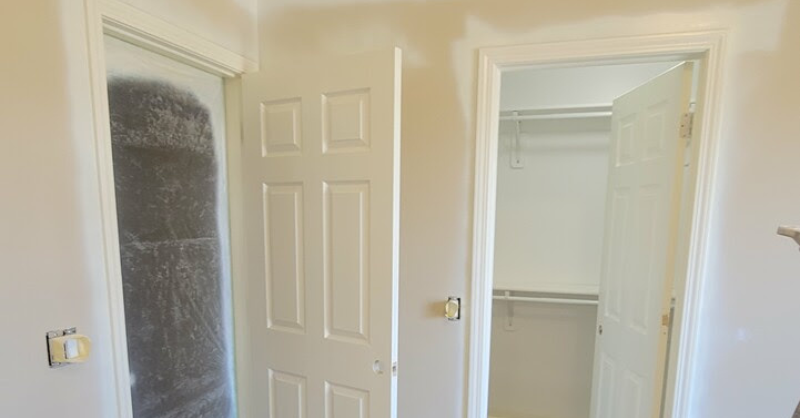-Sep-24-2024-04-58-11-8248-PM.png?width=800&height=418&name=Blog%20Post%20Image%20Size%20(5)-Sep-24-2024-04-58-11-8248-PM.png)
The ceiling is something that is often overlooked when you are looking at painting or even just remodeling your home, which is rather unfortunate, especially when your ceiling gets an unpleasant stain on it that comes about from water leaking.
Water stains on your ceiling can sometimes be prevented but once they come about you should take care of them as soon you possibly can because they tend to only get worse and ultimately cause damage to the ceiling.
At Brush & Roll Painting, we are a premiere interior painting company. With experience since 1996, we know the ins and outs of painting water damaged ceiling, that ensures a fresh, clean, finish,
In this article, we will go over the five steps towards repairing and painting over water stains on your ceiling. By reading this article, you will know the proper steps on how to achieve a flawless finish for your home.
1. Find Water Damage Source
There is no point in taking care of the stain on your ceiling if you don't first remedy the thing that brought it about.
Most often, water stains on the ceiling come from a couple of sources, one of which is an appliance that is leaking and the other which is the roof having some sort of leaking issue -- possibly a missing tile or two or even just a rupture in one or more of the tiles that would allow the water to get in through the roof.
If the source of the leak is an appliance of some sort, you may do well to try to see if it's possible to repair it yourself or to get an appliance repair service to help you get it fixed.
If, however, the leak comes about from the roof then you may be best off hiring a roof repair contractor, as this can be a tricky matter that presents danger to those involved if they are inexperienced or don't have the right equipment.
-Sep-24-2024-05-00-14-0910-PM.png?width=568&height=297&name=Blog%20Post%20Image%20Size%20(6)-Sep-24-2024-05-00-14-0910-PM.png)
2. Clean The Ceiling
Before you do any painting on the ceiling to cover up the stain, you first need to thoroughly clean the area of the stain and thus get rid of any sort of mess, dirt, or debris that may be present. This step is crucial because any residual grime or particles can interfere with the adhesion of the paint, leading to an uneven and unprofessional finish.
To effectively clean the stained area, you will do well to make a mixture of bleach and water, using one part bleach to three parts water. This solution is potent enough to tackle the stain and any mold or mildew that might have developed due to the water damage.
Apply this bleach and water mixture to the ceiling using a sponge or cloth, ensuring that you cover the entire stained area thoroughly. Be sure to wear protective gloves and goggles to safeguard yourself from the bleach, and ensure the room is well-ventilated to avoid inhaling any fumes.
Once applied, allow the solution to sit for a few minutes to break down the stain and any contaminants. Afterward, gently scrub the area to lift the stain and any remaining dirt. Rinse the area with clean water to remove any bleach residue, and then let the ceiling dry completely.
3. Sand The Ceiling
Once you allow your ceiling to dry after fully cleaning it, you will want to sand the area of the ceiling where the stain had been. This step is crucial because sanding the ceiling will not only smooth out any rough patches or uneven surfaces but also help to remove any residual stain that might still be clinging to the surface. By doing so, you create a more uniform texture that will make the subsequent painting process much easier and more effective.
Sanding your ceiling will get it to be smoother and help prepare it to get painted. A smooth surface ensures that the primer and paint adhere better, resulting in a more professional and polished finish. Additionally, sanding can help to blend the repaired area with the rest of the ceiling, making the final result look seamless and natural.
You're going to want to cover your floor with some tarp or heavy drop cloth to protect it from the sanding dust that will come from the sanding process. Sanding can produce a significant amount of dust, which can settle on your furniture, floors, and other surfaces, creating a mess that is difficult to clean up.
To sand your ceiling effectively, you will need a few essential tools: a sanding pole, fine-grit sandpaper (preferably 120 to 150 grit), and a dust mask to protect yourself from inhaling any particles.
Attach the sandpaper to the sanding pole, which will allow you to reach the ceiling without the need for a ladder, making the process safer and more efficient. Begin sanding the area in a gentle, circular motion, focusing on smoothing out any rough patches and ensuring the surface is even.
Be thorough but careful not to apply too much pressure, as this can damage the ceiling. Once you have sanded the entire area, use a vacuum or a damp cloth to remove any dust and debris, ensuring the surface is clean and ready for priming.
4. Prime The Ceiling
You will next want to apply a coat of primer to the area where you had cleaned the ceiling as well as an area that is just a little bit larger than that area. This ensures that the primer covers not only the immediate spot of the stain but also blends seamlessly with the surrounding ceiling, providing a more uniform base for the paint.
Priming the ceiling makes it more receptive to the painting process as it too helps makes for a smoother surface. The primer acts as a preparatory layer that seals the surface, blocks any remaining stains, and provides a consistent texture for the paint to adhere to. This step is crucial because it prevents the stain from bleeding through the new paint and ensures that the final coat looks even and professional.
Before you paint your ceiling, you will want to allow the primer to fully dry -- the primer needs to be dry because otherwise you will find that it comes up on your paint roller as you are painting. Depending on the type of primer you use, drying times can vary, so it's essential to follow the manufacturer's instructions. Typically, this can take anywhere from an hour to several hours. Ensuring the primer is completely dry will help you achieve a flawless finish and avoid any issues with paint adhesion or texture inconsistencies.
-1.jpg?width=276&height=490&name=Gottsch%20Durning%202%20(1)-1.jpg)
5. Paint The Ceiling
The final step in the process, which should be the most obvious one, is the actual painting of your ceiling. This step is crucial as it not only covers the stain but also restores the aesthetic appeal of your ceiling, making it look as good as new.
When you begin painting the area where the stain was, it's important to keep in mind that the paint you use should match the rest of the ceiling. If the paint color or finish doesn't match perfectly, it can create an uneven and patchy appearance, drawing attention to the repaired area rather than blending it seamlessly with the rest of the ceiling. To avoid this, you may want to consider painting the entire ceiling. This ensures a uniform look and guarantees that the newly painted section doesn't stand out. Additionally, painting the whole ceiling can refresh the entire room, giving it a cleaner and more cohesive appearance.
Painting ceilings can be quite dangerous considering the height and equipment. If you are doing the project yourself, keep this in mind, so you can be fully prepared with the right equipment.
There are pole extenders you can get for paint brushes and rollers, but these may take time to get used to.
Painting Your Water Damaged Ceiling
While this article has provided a guide on how to repair and paint over water stains on your ceiling, it's important to recognize that painting a ceiling can be a complex and potentially hazardous task.
From identifying the source of the water damage to ensuring a smooth, professional finish, each step requires precision and expertise. For many homeowners, hiring a professional painter can be a more efficient and safer option.
At Brush & Roll Painting, we specialize in interior painting and have been delivering exceptional results since 1996. Our team is well-versed in handling water-damaged ceilings, ensuring a flawless and clean finish every time.
To help you make an informed decision, we encourage you to download our Ultimate Guide to Hiring a Painter. This guide will provide you with valuable insights and tips on what to look for when hiring a professional, ensuring you get the best service for your home.
Bill is the owner and operator of Brush & Roll Painting. Bill Carlson is a second-generation painter. He grew up working with his father’s painting and restoration company. After graduating from Bennington High School, he served in the US Navy, traveling with the boxing team. While this was a great opportunity to see the world, it also made him realize how much he loved his little world here in Nebraska. He settled back into the painting industry, working with his brother. It wasn’t long before Bill’s entrepreneurial spirit pushed him to start his own business. Always one for a challenge, he longed to prove to himself that he could be as successful on his own as both his dad and brother were.
Topics:













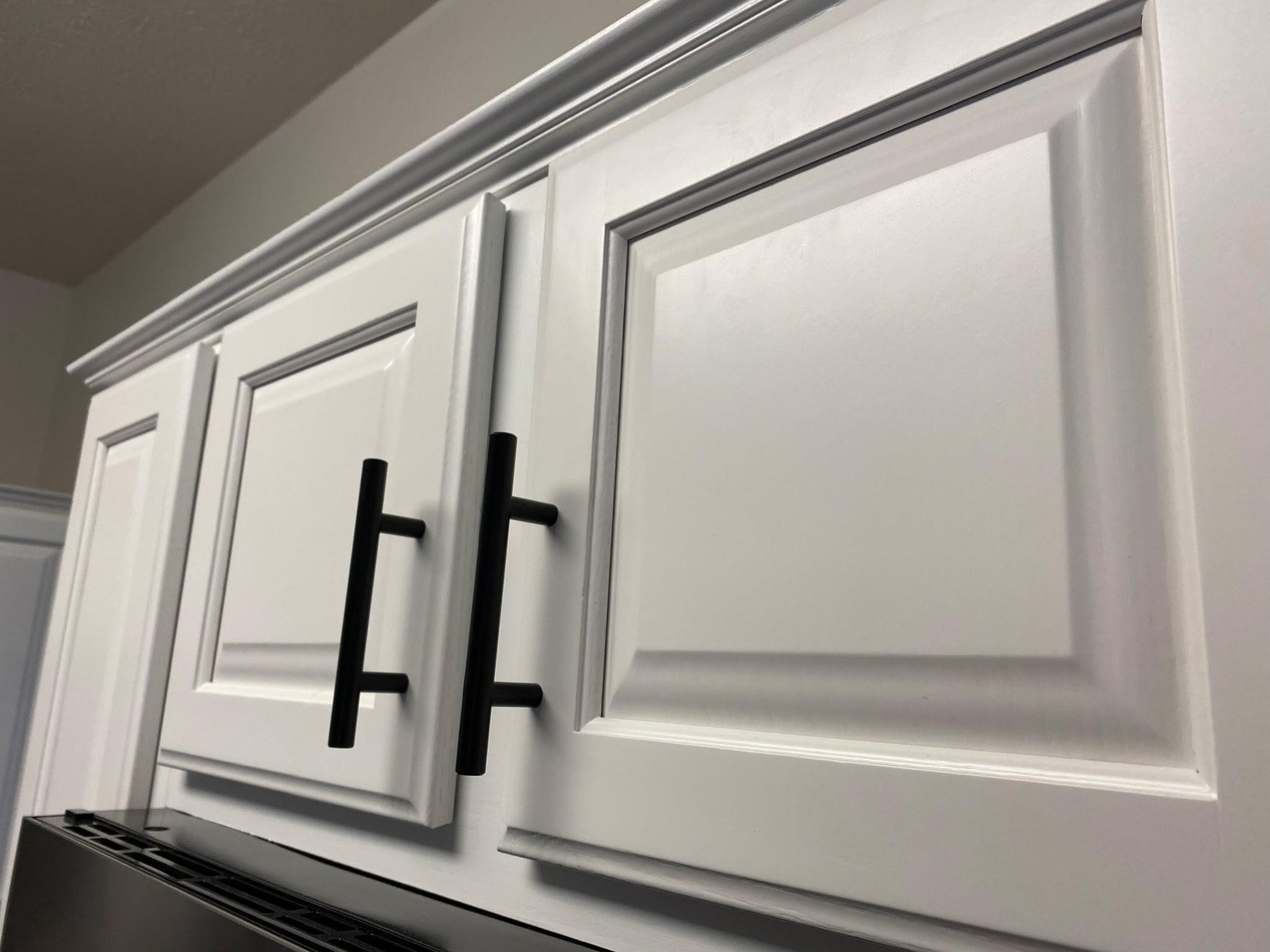
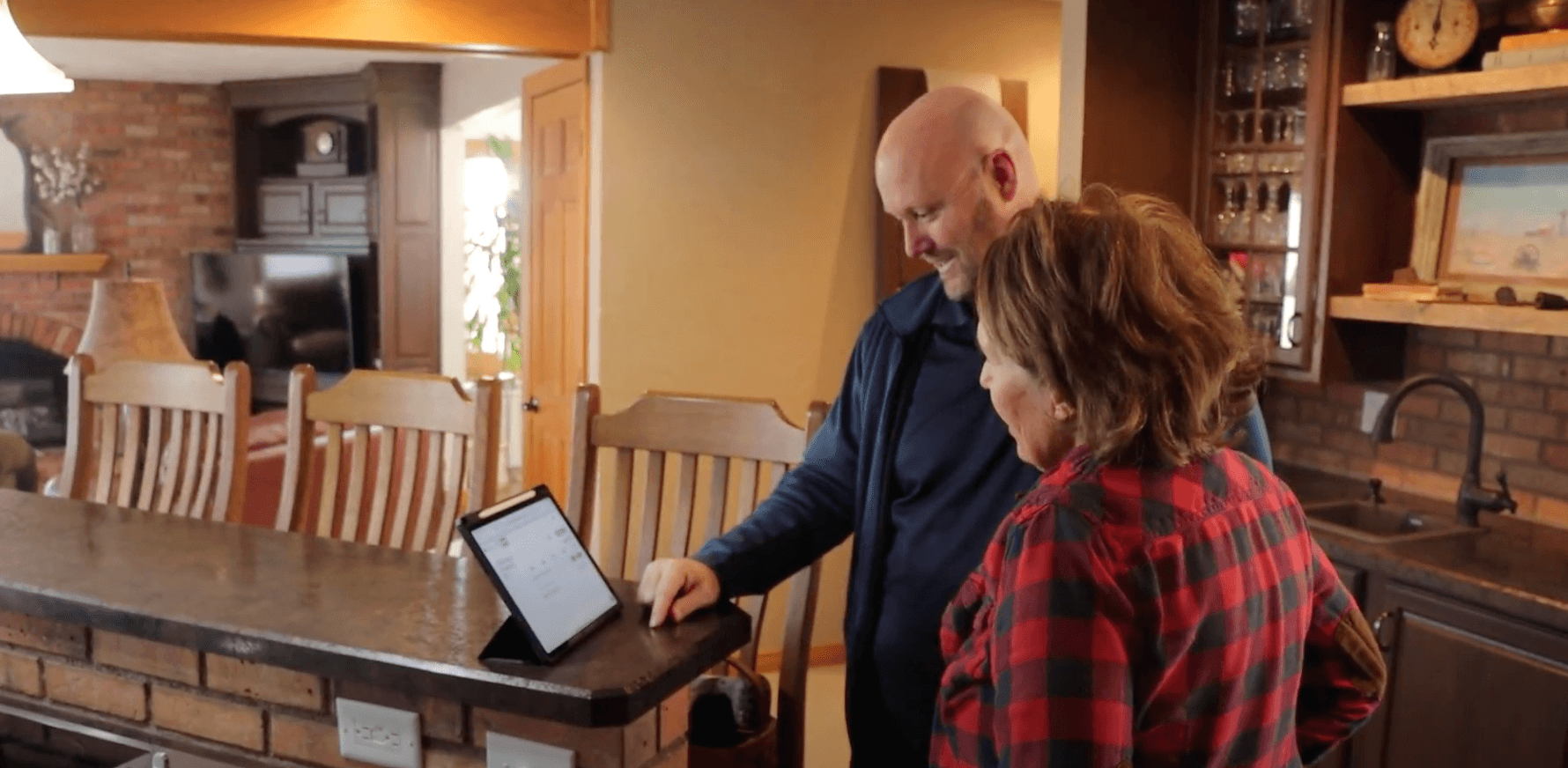
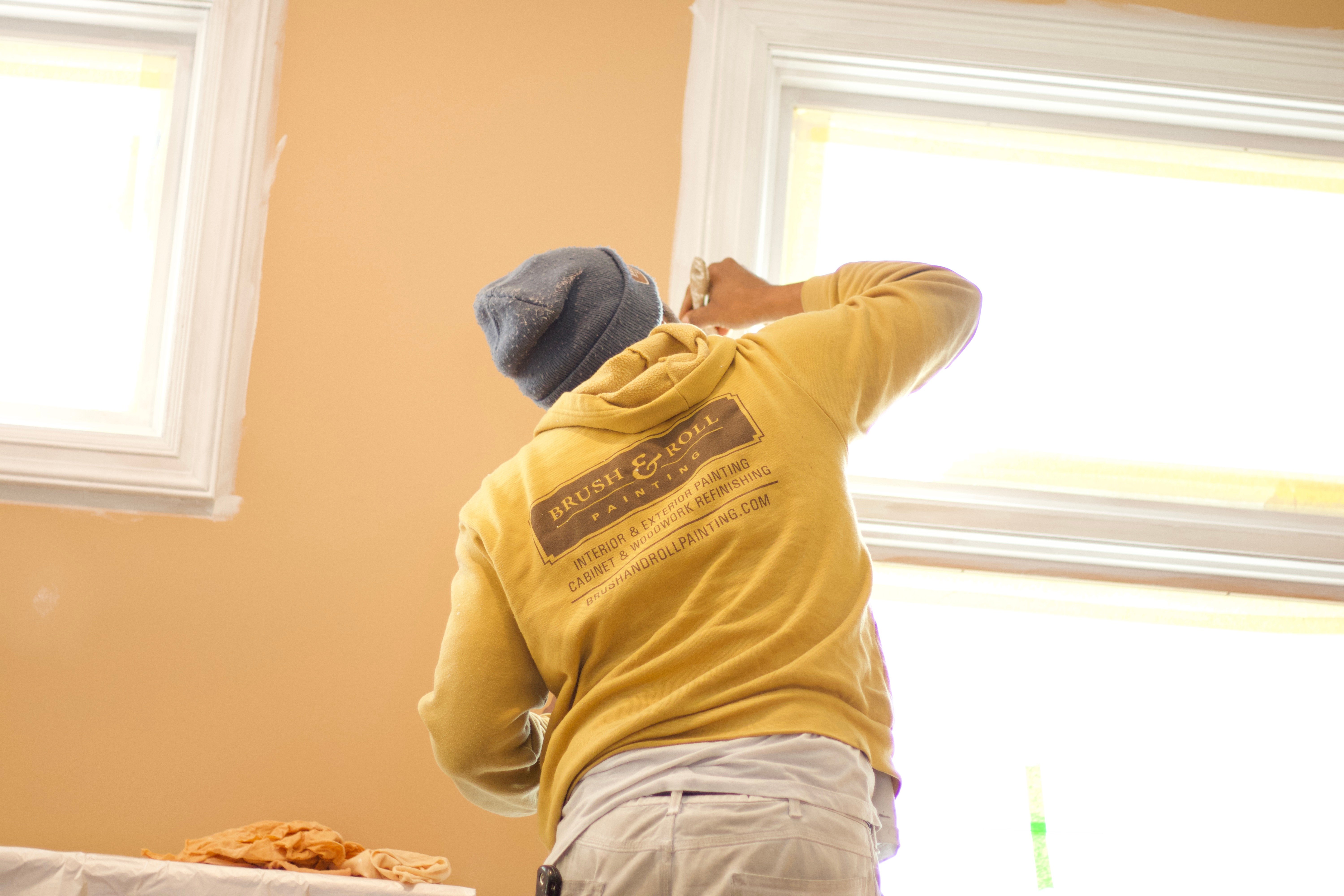


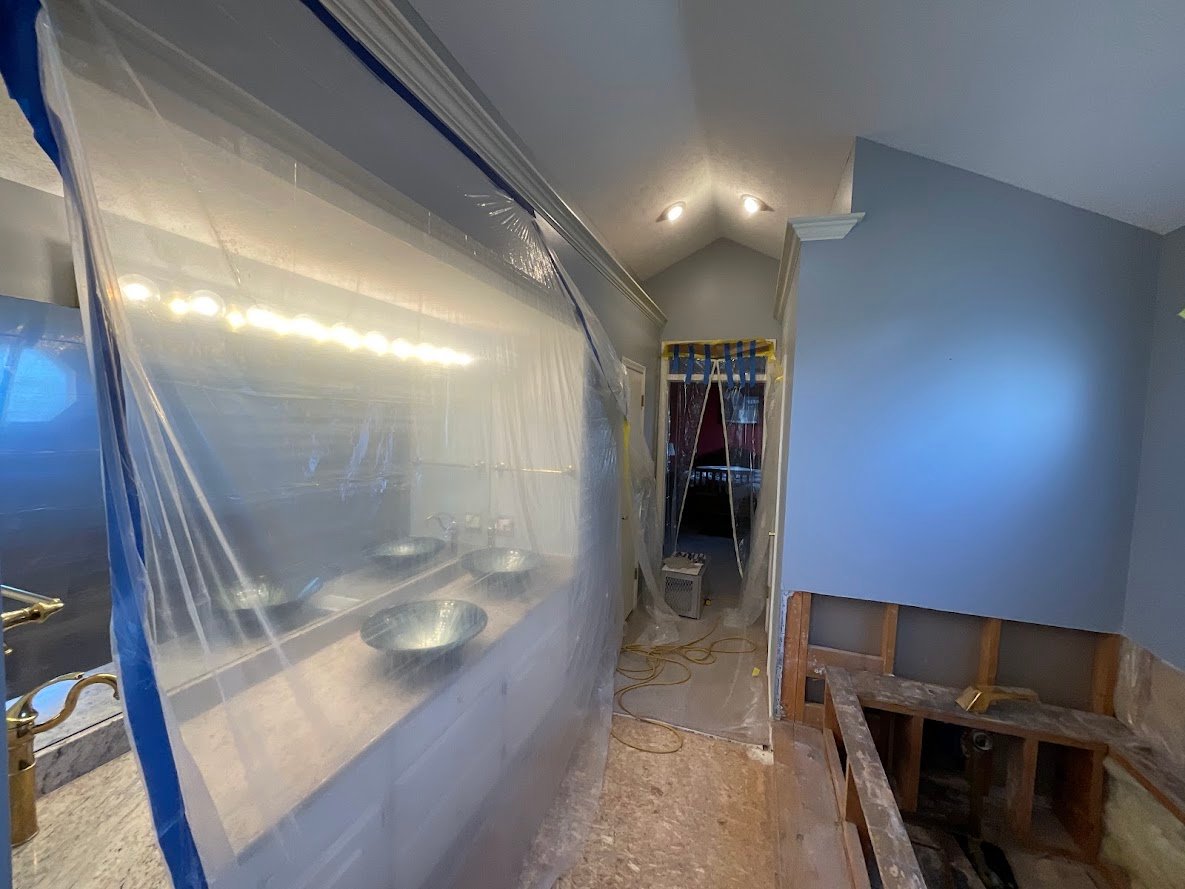
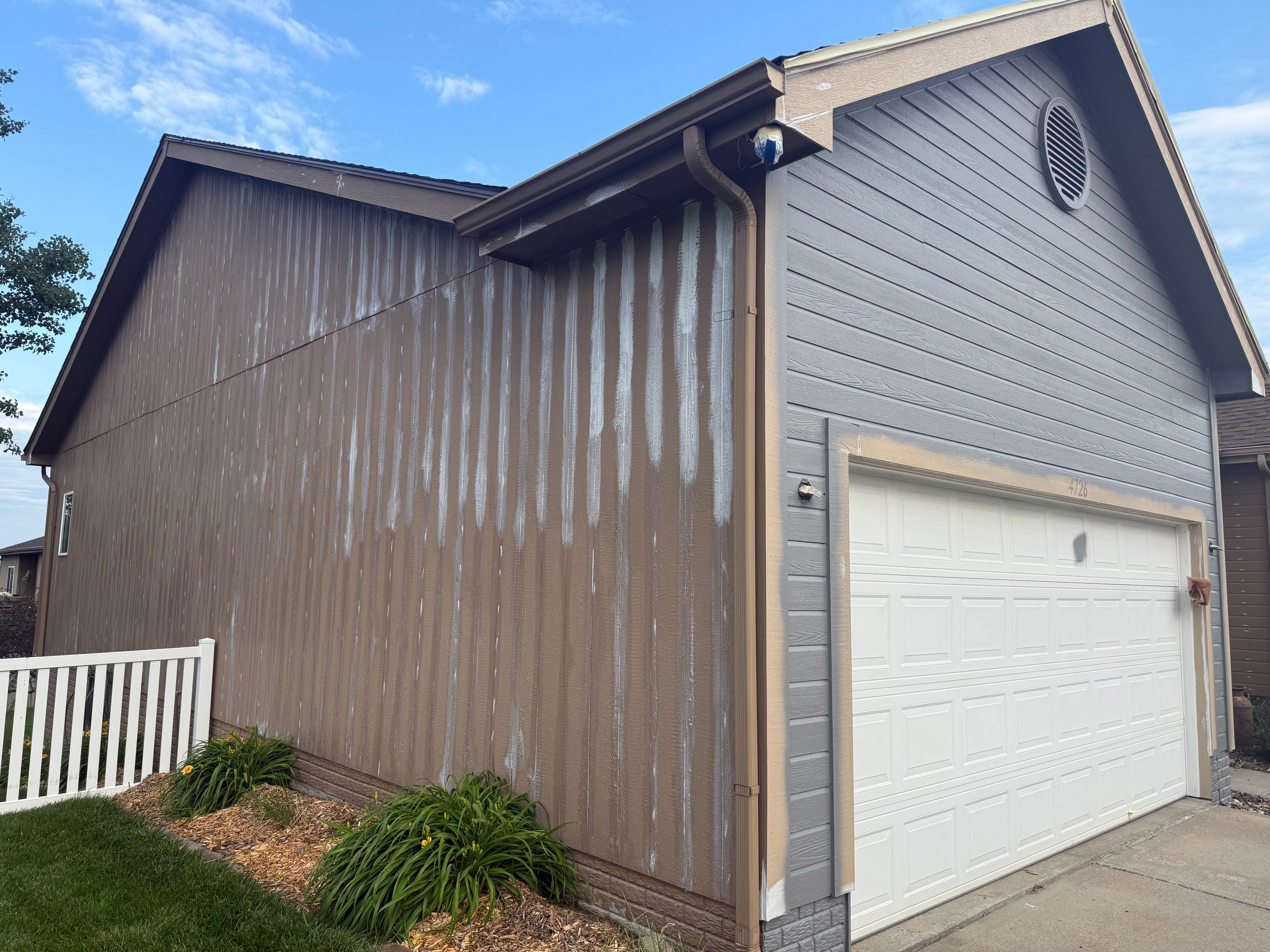
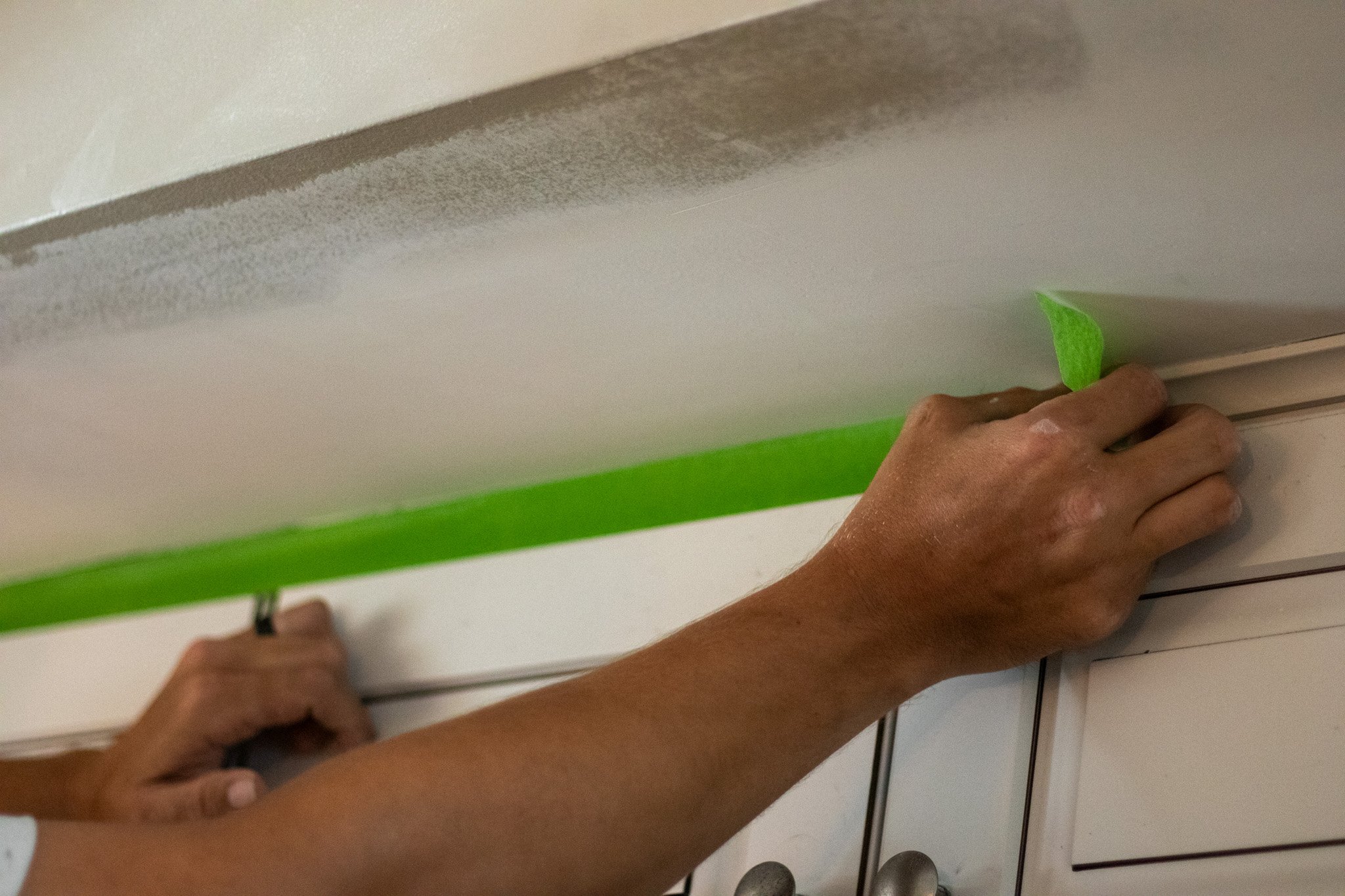
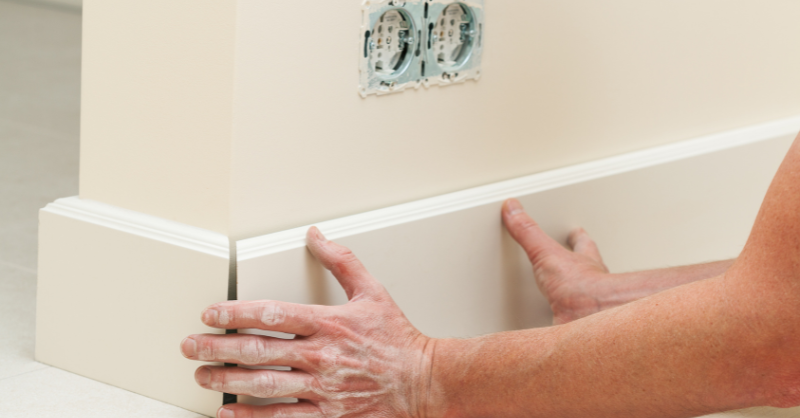
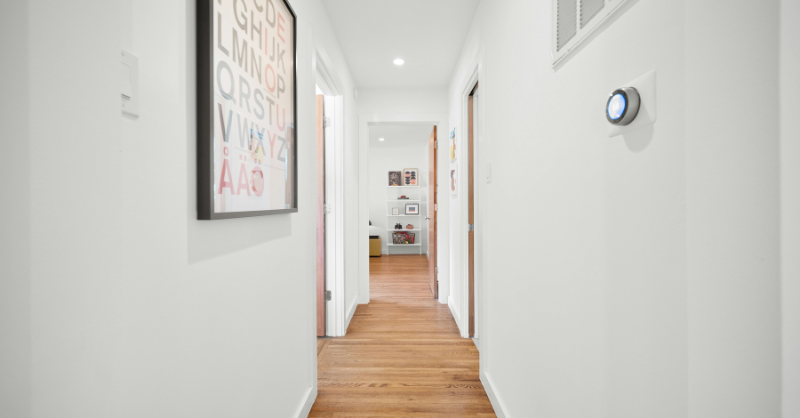
-1.jpg?width=1280&height=721&name=Havens%20after%204%20(1)-1.jpg)
